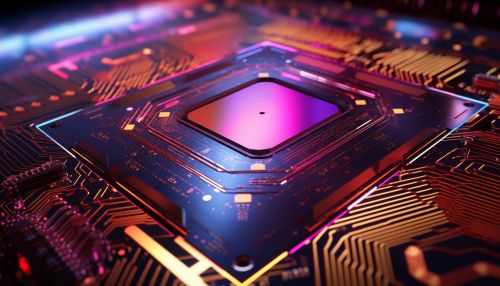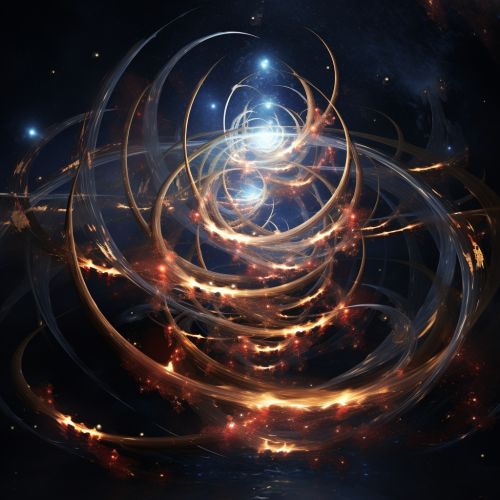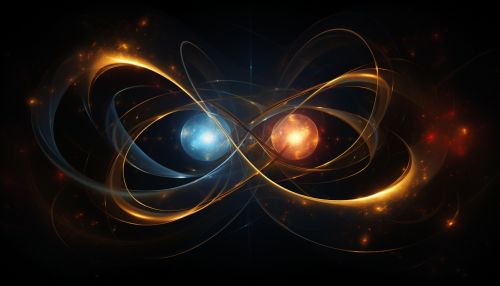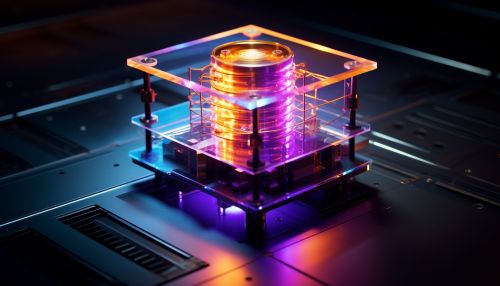The Physics of Quantum Mechanics in Quantum Networks
Introduction
Quantum mechanics, the branch of physics that deals with phenomena on a very small scale, such as molecules, atoms, and subatomic particles, is a fundamental theory in physics. It introduces concepts that are radically different from those used in classical physics. The most significant of these is the concept of superposition, which allows particles to be in multiple states at once. This article will delve into the physics of quantum mechanics and its application in quantum networks.
Quantum Mechanics
Quantum mechanics is a fundamental theory in physics that provides a description of the physical properties of nature at the scale of atoms and subatomic particles. It is the foundation of all quantum physics including quantum chemistry, quantum field theory, quantum technology, and quantum information science.


Principles of Quantum Mechanics
Quantum mechanics is based on several principles that set it apart from classical physics. These principles include wave-particle duality, uncertainty principle, superposition, and entanglement.
Wave-Particle Duality
The principle of wave-particle duality asserts that all particles exhibit both wave and particle properties. A central concept of quantum mechanics, this duality addresses the inability of classical concepts like "particle" and "wave" to fully describe the behavior of quantum-scale objects.
Uncertainty Principle
The uncertainty principle, formulated by Werner Heisenberg, is a fundamental concept of quantum mechanics. It states that the more precisely the position of a particle is determined, the less precisely its momentum can be known, and vice versa.
Superposition
Superposition is a fundamental principle of quantum mechanics that holds that any two (or more) quantum states can be added together ("superposed") and the result will be another valid quantum state; and conversely, that every quantum state can be represented as a sum of two or more other distinct states.
Entanglement
Quantum entanglement is a physical phenomenon that occurs when pairs or groups of particles interact in ways such that the quantum state of each particle cannot be described independently of the state of the other particles, even when the particles are separated by a large distance.


Quantum Networks
A quantum network is a system of interconnected quantum computers that can communicate and share information using quantum signals. This network leverages the principles of quantum mechanics to perform tasks that are beyond the capabilities of classical networks.
Quantum Communication
Quantum communication is the process of transmitting quantum states from one location to another. The most well-known application of quantum communication is quantum key distribution (QKD), which uses quantum mechanics to guarantee secure communication.
Quantum Computing
Quantum computing uses the principles of quantum mechanics to perform computations. Quantum computers can solve certain problems much more quickly than classical computers. They use quantum bits, or qubits, which can represent both 0 and 1 at the same time, thanks to superposition.


Quantum Internet
The quantum internet is a proposed system of interconnected quantum computers that use quantum signals to communicate and share information. It would leverage the principles of quantum mechanics to perform tasks that are beyond the capabilities of classical internet.
Conclusion
The physics of quantum mechanics and its application in quantum networks is a rapidly evolving field. As our understanding of quantum mechanics continues to deepen, so too will our ability to harness its principles in the development of quantum networks.
